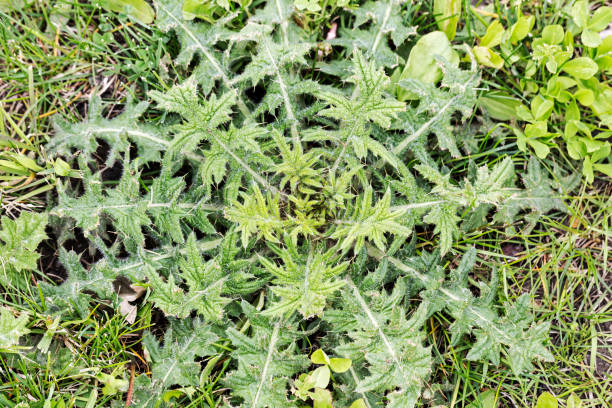PROPACHLOR

Parameter Type: Drinking Water Testing for Volatiles
Parameter Name: Propachlor
What it is and Where it Comes From:
Propachlor is a herbicide first marketed by Monsanto. It was registered for use in the United States during 1965. The preparation acts on annual grasses and on some broadleaf weeds and was briefly sold in the UK as a germination inhibitor under the name Murphy Covershield. The EPA has determined that the parent propachlor does not pose a significant threat to ground-water quality under most conditions. However, the three acid degrades have a high potential to leach and to persist in ground water. Propachlor is most likely to reach ground water in soils which have little microbiological activity, high permeability, and a shallow water table. Based upon limited fate data, the three major acid degrades of propachlor appear to be available for runoff longer than the parent, moving primarily by dissolution in runoff water. Drinking water testing gives you several benefits like peace of mind, identifying contaminants in your water, and insight into health concerns. Safe Home offers Laboratory drinking water testing kits for propachlor, allowing you to collect your water sample and ship it directly to our EPA-Certified Laboratory. This platform of drinking water testing for propachlor will give you an accurate level based on the lowest level of a parameter our instruments can detect (Method Detection Level). Safe Home drinking water testing for semi-volatiles can be used for city and well water supplies. Drinking water testing should be done any time you notice a significant change in your water quality.
Health Effects:
Propachlor was found not to be carcinogenic in either mice or rats. Propachlor is more toxic for birds when administered via the stomach than when fed in the diet. Propachlor will not pose a hazard for birds in the field, even when in granular formulation. Propachlor is highly toxic for some aquatic organisms. Exposure of aquatic organisms from normal usage will be low with maximum expected concentrations several orders of magnitude lower than no-observed-effect concentrations.
Solutions to Contaminant Levels:
What are the next steps after drinking water testing? Propachlor can be removed by granular activated carbon and aeration. A filter with granular activated carbon (GAC) is a proven option to remove certain chemicals, particularly organic chemicals, from water. Activated carbon is a porous material that removes organic compounds from liquids and gases by a process known as “adsorption.” In adsorption, organic molecules contained in a liquid or gas are attracted and bound to the surface of the pores of the activated carbon as the liquid or gas is passed through. Adsorption occurs on the internal surface of activated carbon, termed the adsorbent. During adsorption, liquids or gases pass through the highly porous structure of the activated carbon. The compound(s) to be removed, termed the adsorbate(s), diffuses to the surface of the adsorbent, and is retained because of attractive forces. The primary raw material used in the production of our activated carbons is bituminous coal that is crushed, sized, and processed in low temperature bakers followed by high-temperature activation furnaces. Activation develops the pore structure of the carbon. Through adjustments in the activation process, differentiated pores for a particular purification application are developed. Aeration is the process by which air is circulated through, mixed with or dissolved in a liquid. Aeration of liquids is achieved by passing air through the liquid by means of the Venturi tube, aeration turbines or compressed air which can be combined with diffuser(s) air stone(s), as well as fine bubble diffusers, coarse bubble diffusers or linear aeration tubing. Ceramics are suitable for this purpose, often involving dispersion of fine air or gas bubbles through the porous ceramic into a liquid. The smaller the bubbles, the more gas is exposed to the liquid increasing the gas transfer efficiency. Diffusers or spargers can also be designed into the system to cause turbulence or mixing if desired. Who do I need to contact to find out more information about water quality in my area? Every community water supplier must provide an annual report to its customers, known as a Consumer Confidence Report (CCR). The report provides information on your local drinking water quality, including the water’s source, contaminants found in the water, and how consumers can get involved in protecting drinking water. How often does the local public water system preform drinking water testing? Frequency of drinking water testing depends on the number of people served, the type of water source, and types of contaminants. Certain contaminants are tested more frequently than others, as established by the Safe Drinking Water Act. You can find out about levels of regulated contaminants in your treated water for the previous calendar year in your annual Consumer Confidence Report (CCR).


